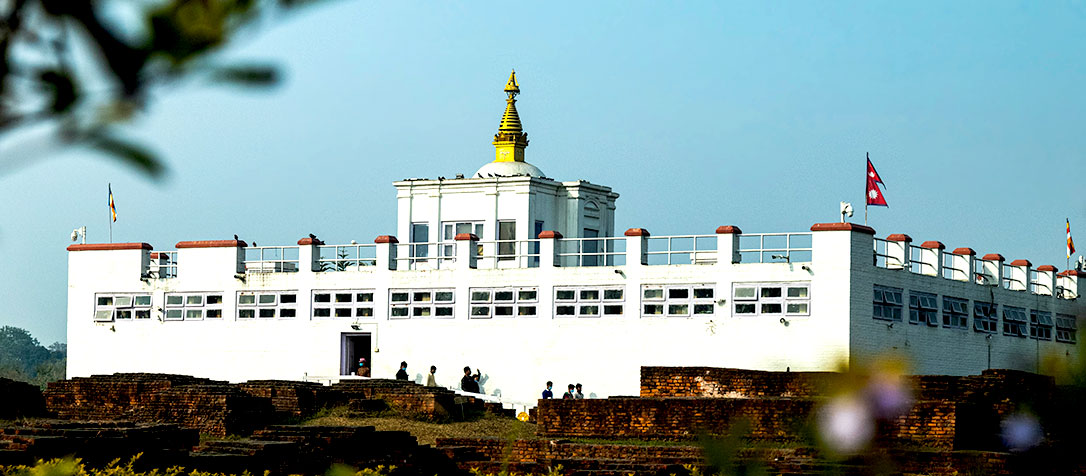 |
 |
 |
 |
 |
 |
 |
 |
안녕하세요 저희 룸비니는 에베레스트 그룹이 운영하는 관광식당 등록업체로 7개 식당이 서울과 경기도 일원에서 1년 365일 영업합니다. Lumbini, an authentic restaurant of Indian and Nepalese food, has served up delicious food at Dongdaemun, Lumbini, one of eight restaurants run by Everest Group, Nepali Corp., established in 2002, has been open 365 days a year since 2011. |
 |
 |
 |
네팔 남동부 테라이 평원에 있는 룸비니는 불교의 창시자인 석가모니가 탄생한 곳이다. 전설에 따르면 기원전 623년 샤카족의 왕비인 마야부인은 당시 관습에 따라 출산을 하기 위해 고향으로 가던 중 룸비니에 있는 무수 나무 아래에서 사원 남쪽에는 싯다르타 연못이라 불리는 곳이 있는데, 마야부인ㅇ니 석가모니를 낳기 전 목욕을 하고 갓 태어난 석가모니를 목욕시켰다고 알려진 성스러운 곳이다. Lumbini, located on the Terrai Plains in southeastern Nepal, is the birthplace of the founder of Buddhism, Sakyamuni. According to legend, in 623 B.C., Mrs. Maya, queen of the Shaka tribe, was on her way to her hometown to give birth to the custom at the time. On the south side of the temple there is a place called Siddhartha Pond, a sacred place known to bathe before giving birth to Mrs. Maya, and to bathe the newborn Sakyamuni. Lumbini, where ruins related to the birth of Shakyamuni remain in various places, was designated a World Heritage Site by UNESCO in 1997. |
| [출처 - 네이버지식백과] |
| 에베레스트 코리아 홈페이지 | 에베레스트 레스토랑 홈페이지 |
|
서울특별시 서울 종로구 롱로 333 종로구 2층 룸비니 레스토랑 (1호선, 6호선 동묘역앞 8번출구 2분거리) Rumbini Restaurant, 2F, Jongno-gu, Seoul, 333 Long-ro, Jongno-si (Two minutes from Exit 8 in front of Dongmyo Station on Lines 1 and 6) |